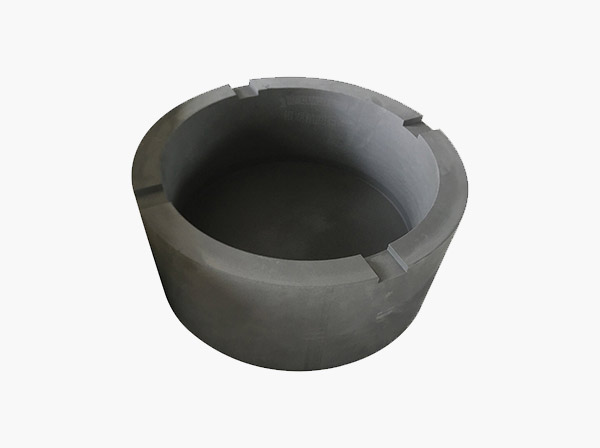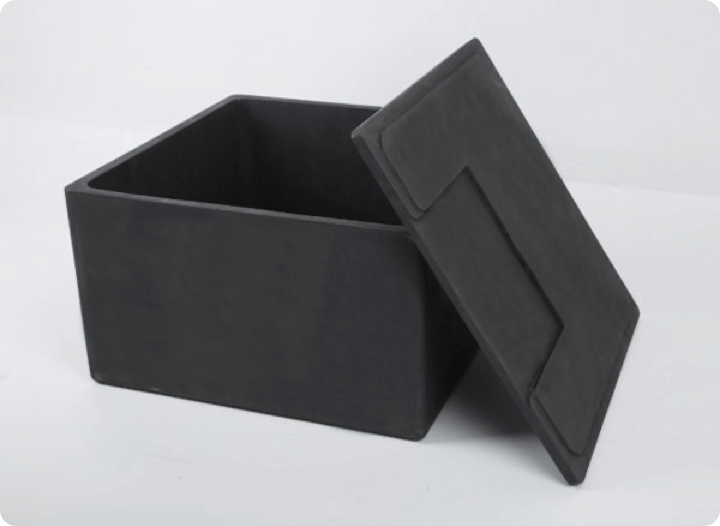When cleaning and maintaining graphite crucible, you need to pay attention to the following aspects…
When choosing the right graphite crucible model and specification, you need to consider the following key factors:
Experimental Demand
First of all, clarify your experimental demand, including the type of melting material required, melting temperature, melting volume and so on. This will directly determine the size and material of graphite crucible you need.
Crucible Size
Small graphite crucible: general size is 10-25ml, suitable for tiny experiments or small amount of samples, such as chemical analysis or thermal analysis.
Medium-sized graphite crucible: the general size is 25-100ml, suitable for general experiments or a slightly larger amount of samples, such as high-temperature steelmaking or graphitization.
Large graphite crucible: the general size is 100-250ml, suitable for large experiments or large amount of samples, such as refractory preparation or alloy smelting.
Material Selection
According to different applications, graphite crucibles are made of different materials, such as common graphite, high purity graphite, scale graphite and so on. You need to choose the material that can meet your experimental temperature requirements and consider its compatibility with the melting material.
High Temperature Resistance
The high temperature resistance of graphite crucible is one of the key indexes. You need to choose the graphite crucible that can maintain structural stability and good thermal conductivity at your experimental temperature.
Chemical Stability
graphite crucible should have good chemical stability to resist various chemicals. When selecting, you need to know its compatibility with the molten material and the possible chemical reaction during the use.
Coefficient of Thermal Expansion
The coefficient of thermal expansion of graphite crucible is crucial to its effectiveness. A suitable coefficient of thermal expansion ensures good thermal adaptability of the crucible in the process of use, reduces thermal stress caused by temperature difference, and prolongs the service life.
Outer Diameter, Height and Thickness
The outer diameter and height are key factors in determining the capacity and pressure of the crucible. The larger the outer diameter and the higher the height, the larger the capacity of the crucible and the higher the pressure. Thickness is an important factor in determining the degree of refractoriness of a crucible. The thicker the crucible, the more refractory it is and the higher the temperature and pressure it can withstand.
Shape and Surface Treatment
According to the experimental needs, choose the suitable shape and surface treatment of graphite crucible. For example, some crucibles may require special surface treatment to improve their adsorption properties or corrosion resistance.









